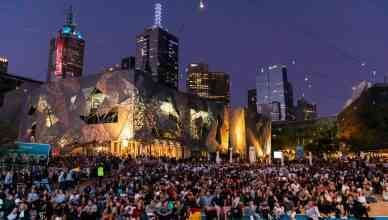What does an awe-inspiring national park in the sunset-hued Arizona desert have in common with a family-owned business? Quite a bit, it turns out.
The Petrified Forest National Park is a protected area in the Arizona mountains, first by declaration as a National Monument by President Theodore Roosevelt in 1906, then as part of the National Park Service. Described by Roosevelt as the “mineralized remains of Mesozoic forests”, the forest is a sweeping vista of colors, such as purple, red, orange, all types of quartz crystal that formed when tree trunks fell into a riverbed and, for 200 million years, were slowly replaced by carbon, iron, and manganese that gave the crystals colors of the rainbow. The effect is a desert, full of color, with each fallen tree trunk a glittering, crystallized gem. [http://www.nps.gov/pefo/planyourvisit/brief-administrative-history.htm]
The family-owned business, as do all businesses, must evolve over time. Family businesses, no matter how they are defined, must include at least two generations of a family. Evolving over two generations, while certainly possible, can be extraordinarily difficult. According to Bloomberg BusinessWeek, only 1 in 3 family businesses makes it from the first to the second generation.
Becoming “fossilized” can mean a wide range of management methods, from refusing to embrace new technologies to covering the same territories, without investing time and personnel into exploring new ones. Managers of family-owned businesses that depend on delivering goods and services know they have to upgrade their vehicles. No one is expecting them to keep inefficient gas guzzlers in the fleet if there are more energy-efficient vehicles available.
But, those same managers may not see a need to install route scheduling software, to optimize route planning, minimize vehicle fuel cost and time, and avoid wasting either. Route planning and fleet route planning are features of new software that instantly creates the most efficient route for the service vehicle or delivery truck (or the fleet of trucks), but also gives the driver tools to monitor the job of delivering goods and services and managing a customer base. Benefits of route optimization software are that the business manager, back in the office, is not only able to plan and monitor routes and vehicles but also to use information the route scheduling software collects, called “analytics”, to make business decisions regarding whether and how much the family business should invest in new territories and customers.
When a family-owned business uses route optimization software to streamline its core functions and then goes on to use the analytics of the technology to gather information from that technology find new territories, new customers, or new goods or services, a healthy evolution is in progress.






